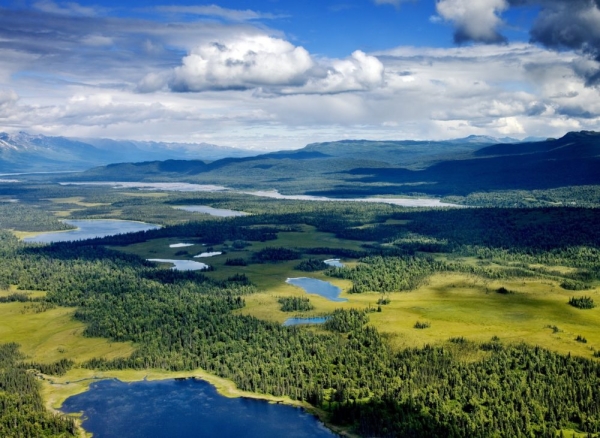The expansion of farmland is the main cause of terrestrial biodiversity loss globally. And climate climate could exacerbate those losses, according to a new study.
Over the next 40 years, under a high-emissions scenario, warming temperatures are expected to make more than 1 million square miles of wilderness — representing 7 percent of the world’s total remaining wilderness outside of Antarctica — newly suitable for growing crops. Most of this land is in northern areas, including Canada, Scandinavia, and Russia.
As cropland goes barren elsewhere, the study warns, northern wilderness could be turned over to farming. Without protection, the “vital integrity of these valuable areas could be irreversibly lost.”
Read more at: Yale Environment 360
Alaskan wilderness. PIXABAY


